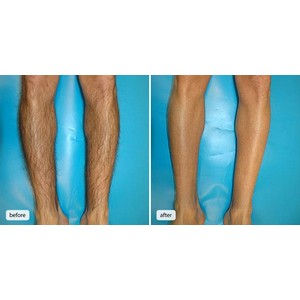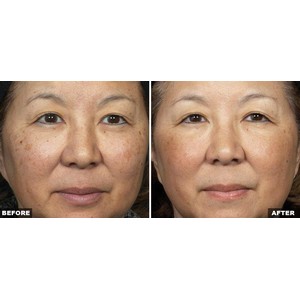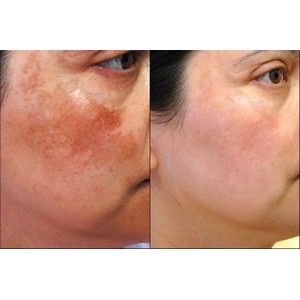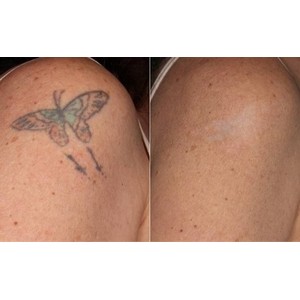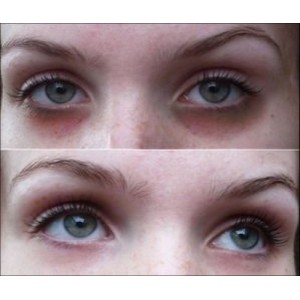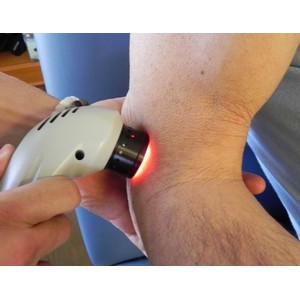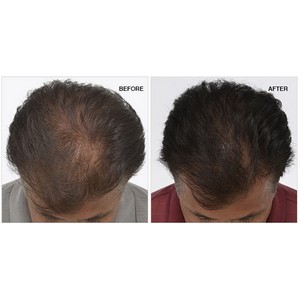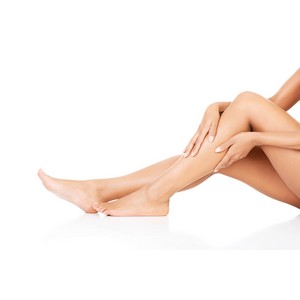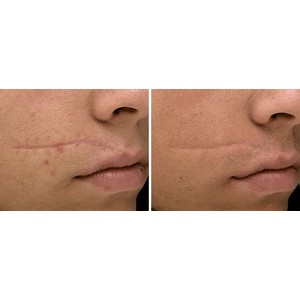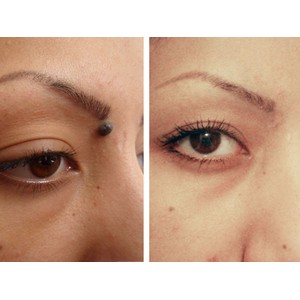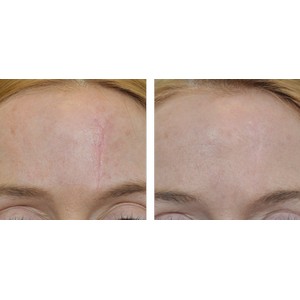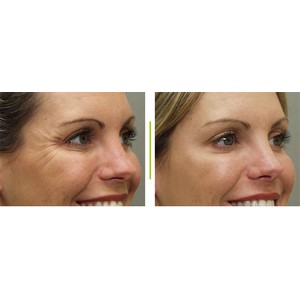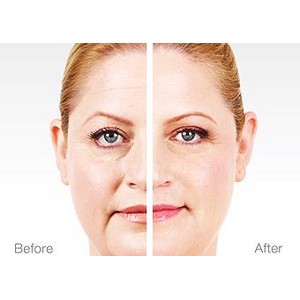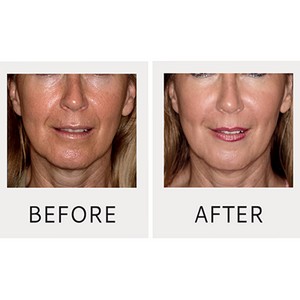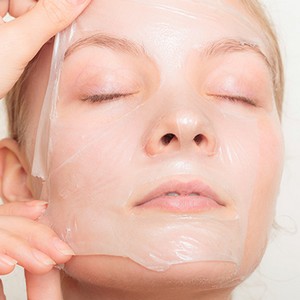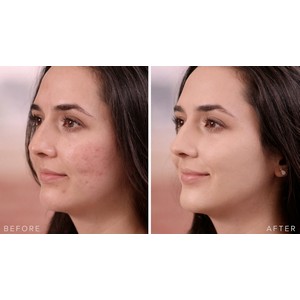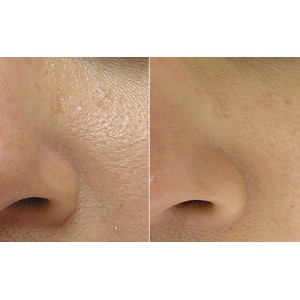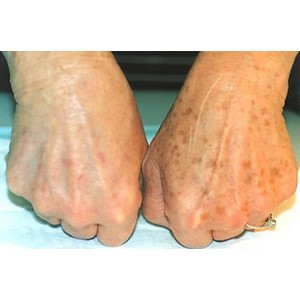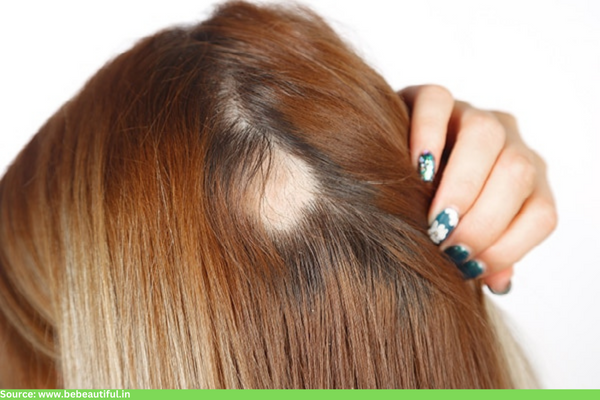
Alopecia areata is a common autoimmune disorder causing hair loss in patches on the scalp and other areas of the body. It can be a devastating condition, especially for women who place a high value on their hair. If you are a woman struggling with alopecia areata, you may feel anxious, frustrated, and unsure where to turn.
“But do not despair!”, says Dr. Manas S N, Chief Dermatologist at Reniu Clinic. “While there is no known cure for this condition, effective treatment options are available to help regrow your hair.”
Whether you are looking for medication, topical solutions, or alternative therapies, we have got you covered. Our goal is to provide you with the information and support you need to take control of your hair loss and regain your confidence.
This blog post will explore the causes of alopecia areata and the top medical and natural treatments for alopecia areata in females.
Alopecia areata – Causes
The precise cause of alopecia areata is not fully understood, but it is an autoimmune disease. This means that the immune system erroneously start attacking the hair follicles, causing hair loss.
Hair follicles are tiny structures in the skin that produce hair. Each hair follicle consists of a shaft, the visible part of the hair, and a root, the part that is embedded in the skin.
Several factors may increase the risk of developing alopecia areata, including:
Family history: If you have a family member with alopecia areata, you may be more likely to develop the condition.
Other autoimmune disorders: People with autoimmune conditions, such as thyroid disease, vitiligo, or psoriasis, may be more likely to develop alopecia areata.
Stress: High stress levels can affect the immune system and may trigger the onset of alopecia areata.
“It is important to note that alopecia areata is not caused by poor hygiene, diet, or other lifestyle factors,” adds Dr. Manas S N, an eminent hair transplant surgeon in Mysore. “Also, alopecia areata is not contagious and cannot be passed from person to person.”
Treatment options
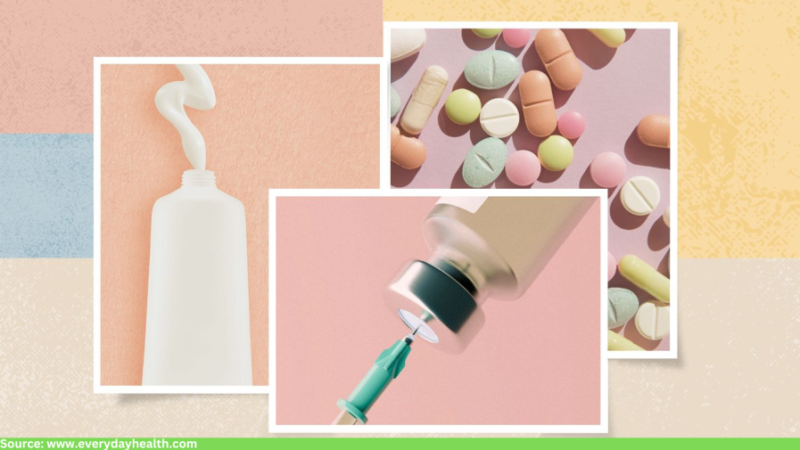
There are several treatment options available for alopecia areata in female patients, including:
Topical corticosteroids: These are applied directly to the affected area and can help stimulate hair growth.
Topical minoxidil: This medication is applied to the scalp and can help stimulate hair growth.
Oral medications: Some medications, such as cyclosporine and prednisone, can be taken orally to help stimulate hair growth.
Intralesional corticosteroids: This treatment involves injecting a corticosteroid directly into the affected area to help stimulate hair growth.
Light therapy: Also known as Phototherapy, this treatment involves exposing the affected area to specific wavelengths of light, which can help stimulate hair growth.
Alternative therapies: Some people with alopecia areata find relief from alternative therapies, such as acupuncture, herbal remedies, and dietary supplements.
“However,” says well-known cosmetic dermatologist, Dr. Manas S N, “these treatments may take time to show results and may not work for everyone.”
If you are living with alopecia areata, please consult Dr. Manas S N to determine your best treatment plan.
Natural treatment options for alopecia areata in females

Eating anti-inflammatory foods and reducing stress can go a long way in treating alopecia areata. Following are some of the most common natural treatment options.
Probiotic foods
Your digestive system has a significant influence on your immune system. For this reason, probiotics can aid in treating several autoimmune diseases, including alopecia areata.
Probiotic foods, including cultured (fermented) vegetables like kimchi, kefir (made from fermented milk of cow, sheep, or goat), kombucha (fermented fizzy black tea), apple cider vinegar, and yogurt, should also be consumed every day.
According to hair specialist Dr. Manas S N, “You can use probiotic pills to strengthen your immune system and prevent inflammation from your body’s overreaction to perceived threats.”
Zinc
Researchers believe that zinc supplements may have therapeutic value, particularly for those with zinc deficiencies. Eating zinc-rich foods, like cashews, lamb, yogurt, pumpkin seeds, chickpeas, and spinach, can be beneficial.
Hair transplant doctor Dr. Manas S N says, “Zinc can strengthen the immune system and heal the gut, both of which are essential for healthy immunological responses. Additionally, Zinc is a crucial mineral for the hair follicles’ essential functional processes”.
Quercetin
A particular kind of flavonoid antioxidant known as quercetin is well-known for its capacity to fight free radical damage and reduce inflammation. Quercetin-rich foods include red onion, red apples, cherries, berries, grapes, citrus fruits, green and yellow bell peppers, black tea, almonds and pistachios, cabbage, broccoli, kale, etc.
Aesthetic specialist Dr. Manas S N explains, “Quercetin helps to suppress inflammatory mediators and has significant effects on immunity. This is why it is frequently used to treat autoimmune illness symptoms”.
He adds, “Applying Lavender and Rosemary essential oils topically on the bald patches also stimulates hair growth by reducing inflammation and enhancing cellular metabolism.”
How long does the alopecia areata treatment take?
The length of treatment for alopecia areata can vary depending on the severity of the condition and the effectiveness of the treatment. Some people may see improvement in a few months, while others may take longer to see results. Sometimes, treatment may need to be continued indefinitely to maintain hair growth.
Be patient and consistent with your treatment plan, as it may take time to see results.
Conclusion
Do not despair if you are a woman struggling with alopecia areata; you are
not alone. This autoimmune disorder affects millions of people worldwide, causing hair loss in patches. While the exact cause of this disorder is unknown, it is thought to be related to a combination of genetic and environmental factors.
If you are interested in exploring treatment options for alopecia areata or any hair loss issues, please consult a highly-skilled hair specialist like Dr. Manas S N. He can help determine the best treatment plan for you and address your concerns or questions.
FAQ's
What is the success rate of treatment for alopecia areata?
The success rate of treatment for alopecia areata can vary depending on the severity of the condition, the type of treatment being used, and the patient’s individual characteristics.
In general, the success rate of treatment for alopecia areata is higher in people with a less severe form of the condition, such as a few small patches of hair loss.
What are the symptoms of alopecia areata?
The main symptom of alopecia areata is hair loss, which typically appears as smooth, round patches on the scalp.
Other symptoms may include itching, redness, and tingling in the affected areas.
How is alopecia areata diagnosed?
Alopecia areata is typically diagnosed based on the appearance of the affected areas and a thorough medical history.
A dermatologist may also perform a skin biopsy to confirm the diagnosis.


